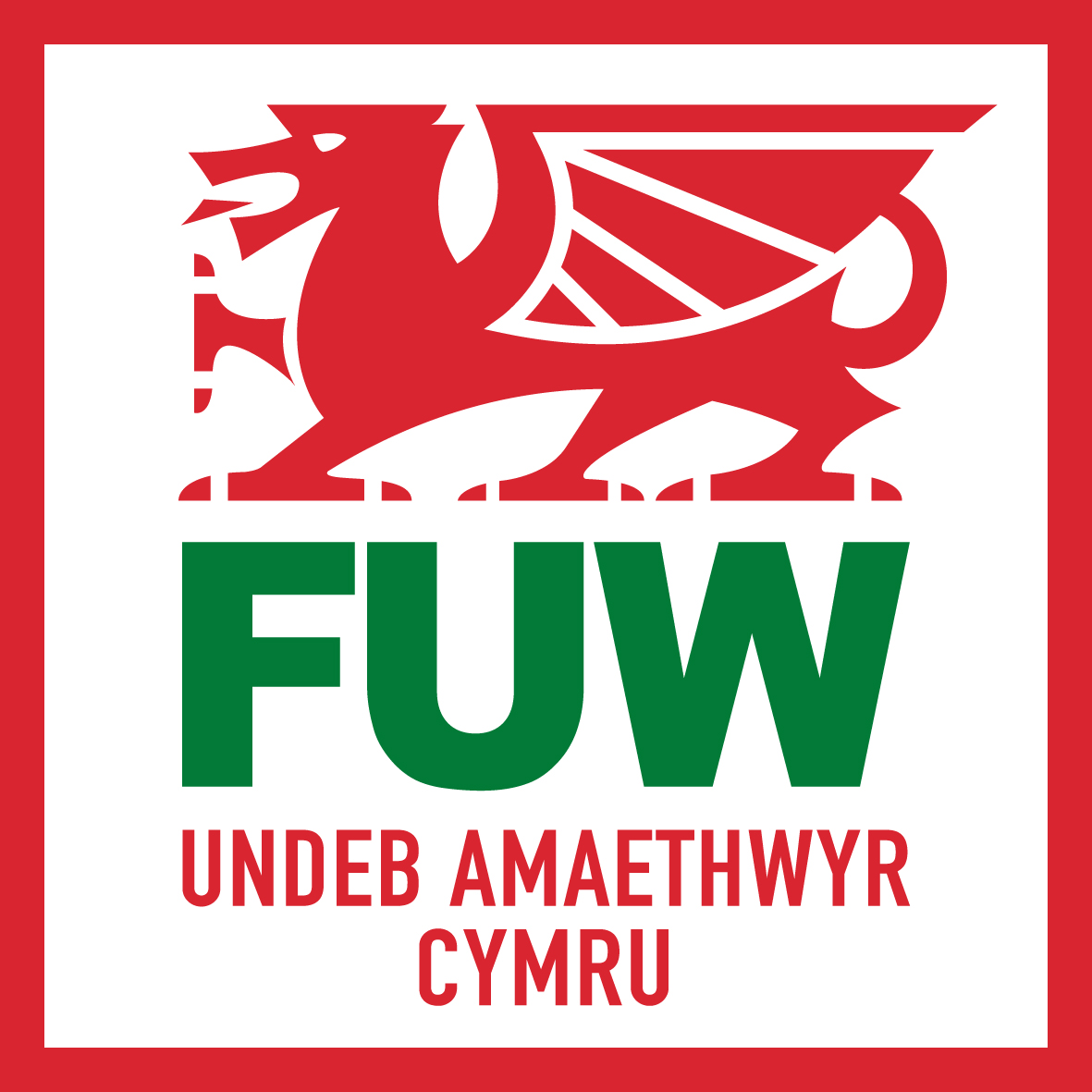Members of the FUW hill farming and marginal land and livestock, wool and marts committees visited the Institute of Biological, Environmental and Rural Sciences (IBERS) at Plas Gogerddan, Aberystwyth, to see the latest developments on genomic and phenomic research there.
Delegates learned how this new state-of-the-art £6.8 million facility helps to further enhance delivery of improved forage and cereal varieties to the industry. The data analysis undertaken at the phenomics centre speeds up the plant breeding process, ensuring that crop varieties meeting the latest requirements of agriculture are available to growers that much sooner.
The genomic meat traceability project was also outlined, showing how DNA analysis helps to pinpoint where meat on supermarket shelves has come from. Mapping the DNA of different animal breeds not only helps with meat traceability, and therefore consumer confidence, but can also be used to speed up livestock breeding programmes for particular traits that are of value to the farmer and consumer.
“We enjoyed a very informative visit at IBERS and were impressed with the latest developments in genomic and phenomic research,” said newly-elected FUW hill farming and marginal land committee chairman Ian Rickman.
“Since the horsemeat scandal it has become of greater importance for us to trace our meat back to the source and supermarkets are increasingly aware of the fact that they need to be able to verify the carcasses in their meat supply chain.”
[caption id="attachment_3078" align="aligncenter" width="1024"] Dr Matt Hegarty (third from right) and Alan Gay (fifth from left) from IBERS with FUW committee delegates[/caption]
Dr Matt Hegarty (third from right) and Alan Gay (fifth from left) from IBERS with FUW committee delegates[/caption]


